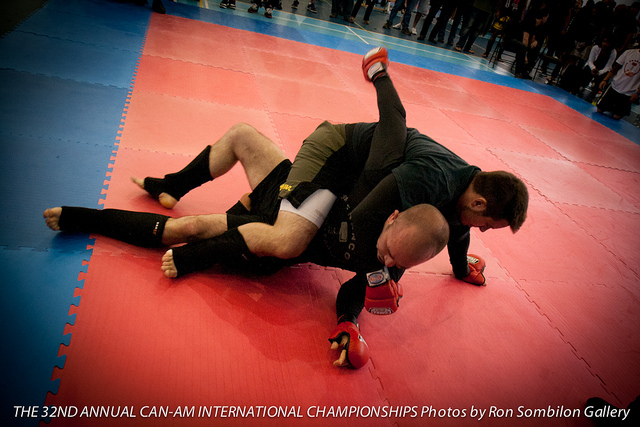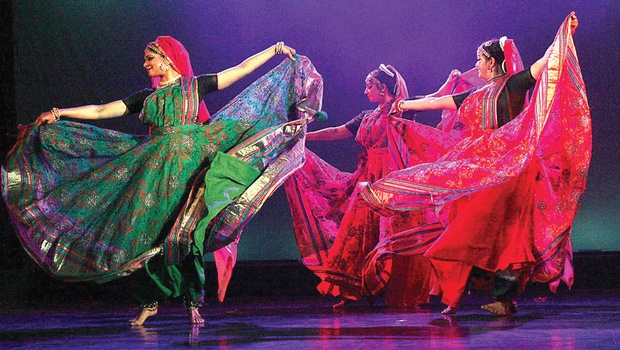It’s possible, maybe even likely that Tai Chi is not all you do or would like to do to keep moving. If that’s the case then you should consider cross-training with Tai Chi. Many people cross train to avoid boredom, losing motivation and keep engaged in their fitness regimens. “Tai Chi training can help you develop the physical attributes and inner strength that you can apply to sports.”
1. Martial Arts: Tai Chi is used in mixed martial arts to “enhance…sensitivity and mental focusing skills.”

2. Tennis: Tai Chi helps with the physical and emotional balance necessary for tennis. Tennis players may also benefit from using the Tai Chi principles of awareness of how and why they move different parts of their bodies as they play. Tennis involves weight shifting as you move across the court and jump up and down. Weight shifting is an important part of Tai Chi. Tai Chi movements also focus on grounding your feet as the source of all movement. Your waist then steers the movements started in your feet and the arm follows through. The same is true of a good tennis ground stroke which involves putting your feet in position, turning your waist to begin the stroke and then following through with your hand and arm.
3. Golf: Tai Chi increases leg strength and joint flexibility which improve balance. “Increased flexibility and improved leg strength will give you a more fluid swing, better tempo, and more distance on your shots. Better balance leads to a properly aligned stance and a solid swing.” Swinging a golf club is also an action that begins at your feet, rises to your hips and is followed through by your hands and arms. Furthermore, the emphasis on awareness and mental cognition achieved through Tai Chi helps maintain concentration during golf and Tai Chi deep breathing keeps you relaxed and helps maintain your stamina.
4. Skiing: Once again, as you ski down a hill carving turns your movement is rooted in your feet, led by your waist and you shift your weight from the left to the right as your propel yourself. “The carved turn is a perfect meditation…your body is relaxed, alert, the arms (as you hold your ski poles) loosely embracing as a ball of energy. Center your consciousness in the body’s center. Breathe easily. Your shoulders carry no tension…”
5. Running: Chi running uses Tai Chi principles. It focuses on using your core to produce the energy that propels your limbs rather than using your arms and legs to pull you forward. Structural alignment is a key principle of Tai Chi and also chi running. “When your structure is aligned and your muscles and joints are relaxed, chi can flow freely through the body, making running feel effortless.”
6. Basketball: Watch the video in this article to watch a blend of freestyle Tai Chi and basketball: http://shanghaiist.com/2014/12/16/tai-chi-basketball.php

7. Tai Chi and Ballet: In Chennai, a dance company blended Tai Chi, ballet and reiki:
Sources:
Wayne, Peter, and Mark Fuerst. The Harvard medical school guide to tai chi: 12 weeks to a healthy body, strong heart, and sharp mind. Boston: Shambhala, 2013. Print.









